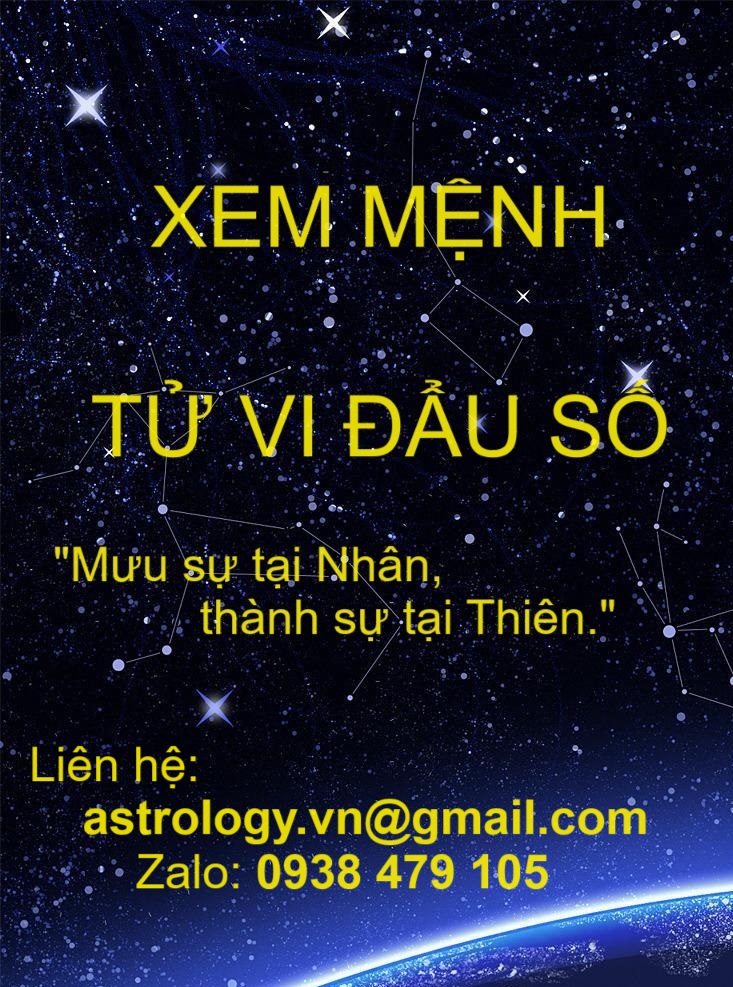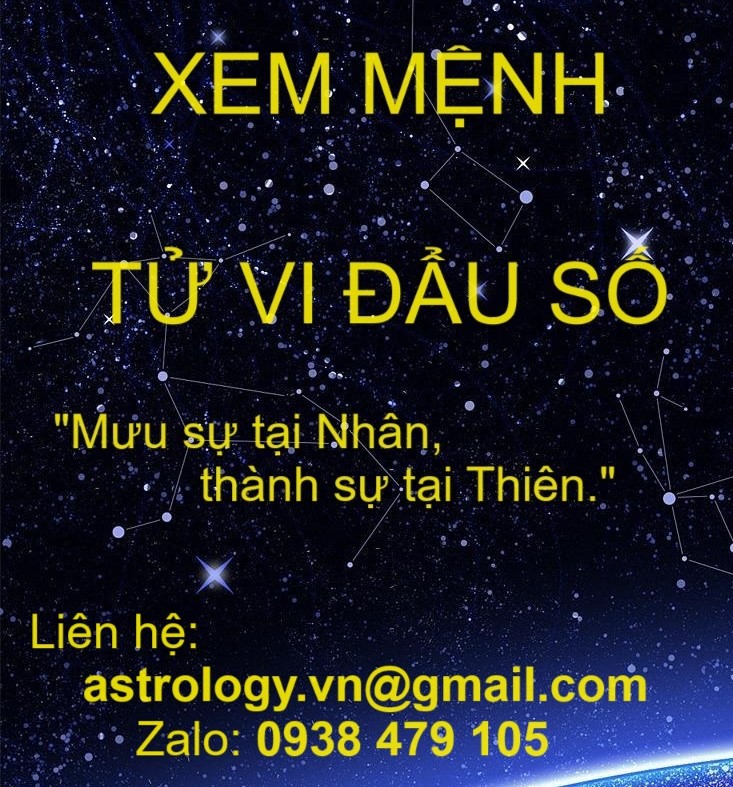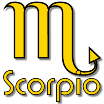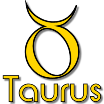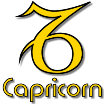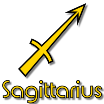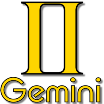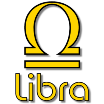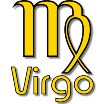Astrology.vn - The planet next smaller in magnitude to Jupiter, and next more remote from the Sun, is remarkable for its engirdling system of rings. It was the most remote planet known to the ancients. The surface of Saturn shows markings somewhat similar to those of Jupiter, but fainter.
Spectroscopic observations have confirmed the theory that the rings are composed of a dense swarm of small solid bodies. of ten identified satellites of Saturn, the brightest is Titan. The ninth, Phobe, is fainter and more distant than any of the others. The tenth, Themis, lies between Titan and Hyperion. When the Alchemists and early Chemists used the name Saturn they referred to its association with the metal lead. Lead poisoning was once called the Saturnine colic.
Saturn was the ancient god of the seed sowing. His temple in Rome, founded in 497 B.C., was used as a state treasury. In 2I7 B.C. the worship of Saturn was conformed to that of its Greek counterpart, Cronus, son of Uranus, and god of Boundless Time and the Cycles. There was a myth that Saturn in Italy, as Cronus in Greece, had been king during an ancient golden age - hence was the founder of Italian civilization. Also associated with the Greek god Phoenon, "the cruel one," and the Assyrian god Ninib, patron of Agriculture, and one of the gods of the Pantheon. From it we have the English word Saturnian or Saturnine. The Saturnine colic was lead poisoning. Its atmosphere contains a high percentage of methane and ammonium gases, with no oxygen. For some unexplained reason it changes color from year to year.
There are 25,824 Saturn days in one Saturn year.

The Saturn rings consist of: A, the outermost ring, about 11,000 miles in width; B, the middle ring, about 18,000 miles in width; and C, the inside ring, the gauze or crepe ring, about 11,000 miles in width. Between it and the surface of the planet is a gap of about 5,000 miles. Separating A and B is the Cassini division, a dark strip some 2,300 miles in width.
Because the planet's equator is inclined about 28° to the plane of the ecliptic, the Saturn ring as seen from the Earth passes through phases: from Saturn's equinoctial point, where the rings are visible only as a thin line, to Saturn's solstices, where they lie transverse to us in a wide expanse. The edgewise view occurs in longitudes 172° and 352°; the maximum elongation, in longitudes 82° and 262°. The edgewise view was had in 1921 and 1936; the full-faced view in 1929 and 1944. As this constitutes a 15-year cycle, it is possible that there are related variations and fluctuations in the resultant astrological influences, which further research will be able to reduce to usable distinctions.
...Saturn's....................Distance.....Period...................Diam.
....Moons..............Disc. ..Thousands.....Days......Eccent........Miles
.1...Mimas.............1789.......115.........0.9......0.0190.........370
.2...Enceladus.........1789.......148.........1.4......0.0046.........460
.3...Tethys............1684.......183.......001.9......0.0000.........750
.4...Dione.............1684.......234.......002.7......0.0020.........900
.5...Rhea..............1672.......327.......004.5......0.0009........1150
.6...Titan.............1655.......759.......015.9......0.0289........3550
.7...Hyperion..........1848.......919.......021.3......0.119..........310
.8...Iapetus...........1671.....2,210.......079.3......0.029.........1100
.9...Phoebe............1898.....8,044.......550.4......0.1659.........160
10...Themis............1905.....c.800
Chiêm Tinh Học – ASTROLOGY.vn - About us
This email address is being protected from spambots. You need JavaScript enabled to view it.
Bài liên quan: Solar System >> Solar Astrology >> Solar System Bodies: Sun >> Solar System Bodies: Earth - Moon >> Solar System Bodies: Mercury - Venus >> Solar System Bodies: Mars >> Solar System Bodies: Jupiter >> Solar System Bodies: Saturn >> Solar System Bodies: Uranus >> Solar System Bodies: Neptune & Pluto





